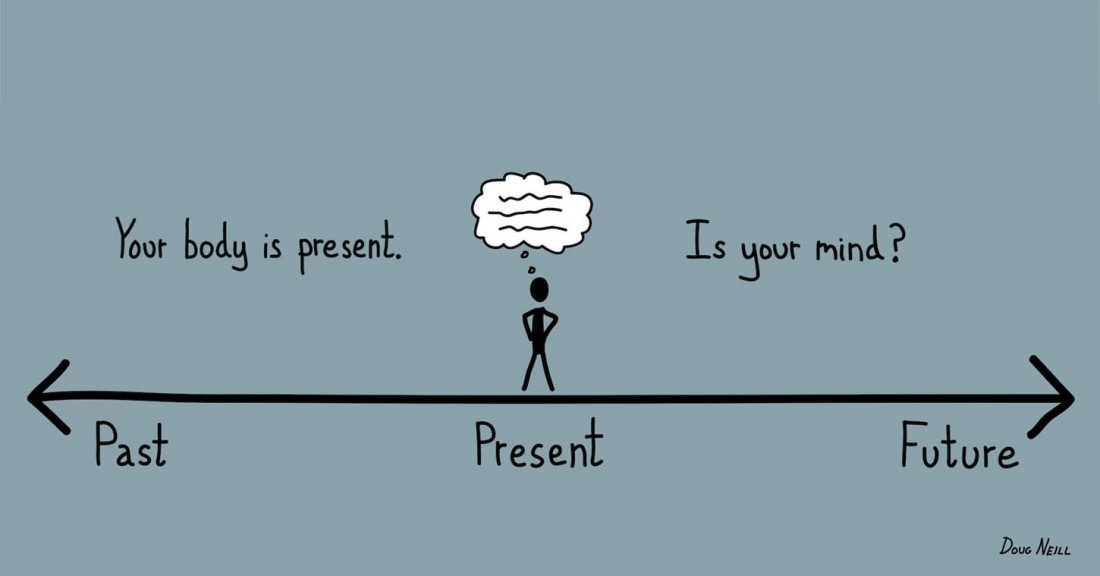Covid-19 has created unprecedented stress for all of us. Balancing new work and school demands during the pandemic has been uniquely challenging. Luckily, mindfulness-based techniques can help you find your center and calm in the storm of stress and anxiety.

What is mindfulness?
Mindfulness practice is based on Rooted in Eastern religion but does not have to be spiritual in nature. Mindfulness and meditation approaches teach individuals to focus and control their attention. Mindfulness is a way of paying attention to something, on purpose, in the present moment, non-judgmentally. Mindfulness means maintaining a moment-by-moment awareness of our thoughts, feelings, body sensations, and surrounding environment.
Can mindfulness help?
Mindfulness approaches have been proven to be helpful to reduce stress and anxiety (Hoffman et al, 2010). The great thing about mindfulness is that there is nothing to buy, no set time limits, and you can’t do it wrong.
 How do I start practicing mindfulness?
How do I start practicing mindfulness?
You can start by just noticing. In this moment, I want you to stop what you are doing and notice your body. What do you feel? Are you sitting or standing? How do your legs feel? How does your back feel? Take a deep breath. Now, I want you to notice your body again. Just notice. Don’t assign judgement. Just take notice of how it feels in your body. Congratulations! You have started practicing mindfulness. Next I will give you a few more activities to try.
Try to do one thing mindfully.
I want you to pick an activity. It could be washing dishes, taking a walk, or anything you actively do. Watching TV or playing video games won’t work so well. Now, I want you to engage all your attention on that activity. I’ll use washing dishes as an example. If you are washing dishes, wash dishes, don’t multitask. Focus all your attention on this task. Engage with your five senses. How does the water feel on your hands? Can you smell the soap? How does the running water sound? What does the soap look like on the dishes? If you start getting distracted by thoughts, remind yourself, that’s totally natural and bring your attention back to the dishes. Notice how you feel with each action you take. Notice each smell, each sound, each feel. Thoughts will likely continue to come into your mind. Remind yourself that it’s okay and bring yourself back to the dishes. After 5 or 10 minutes take a deep breath and stop your practice. Notice how you feel at the end of this practice.
Be mindful of pleasant experiences. 
Pick an activity you enjoy and devote all of your attention to it. Put away all distractions. Just be in the experience. Notice all five of your senses. Examples of pleasant experiences include beautiful weather, walks in nature, time with loved ones, enjoying a good meal, listening to nice music, taking a bubble bath, relaxing on your patio, going swimming, and the list goes on and on.
What if need more structure?
Try a mindfulness app. There are lots of apps on your phone and computer that can help you practice mindfulness and meditation. Try them out and see what you like!
What if mindfulness isn’t for me?
Remember if one mindfulness skill doesn’t seem to fit that there are lots and lots more to try. From deep breathing to body scans to mantras, the list of mindfulness activities is long. Keep trying and meet with a therapist who can help you create a mindfulness practice that fits for you.
By: Ellen Barrett-Becker, Ph.D., L.P.
Reference: Hoffman, S.G. Sawyer, A.T., Witt, A.A, Oh, D. (2010) J Consult Clin Psychol. 2010 April ; 78(2): 169–183. doi:10.1037/a0018555


